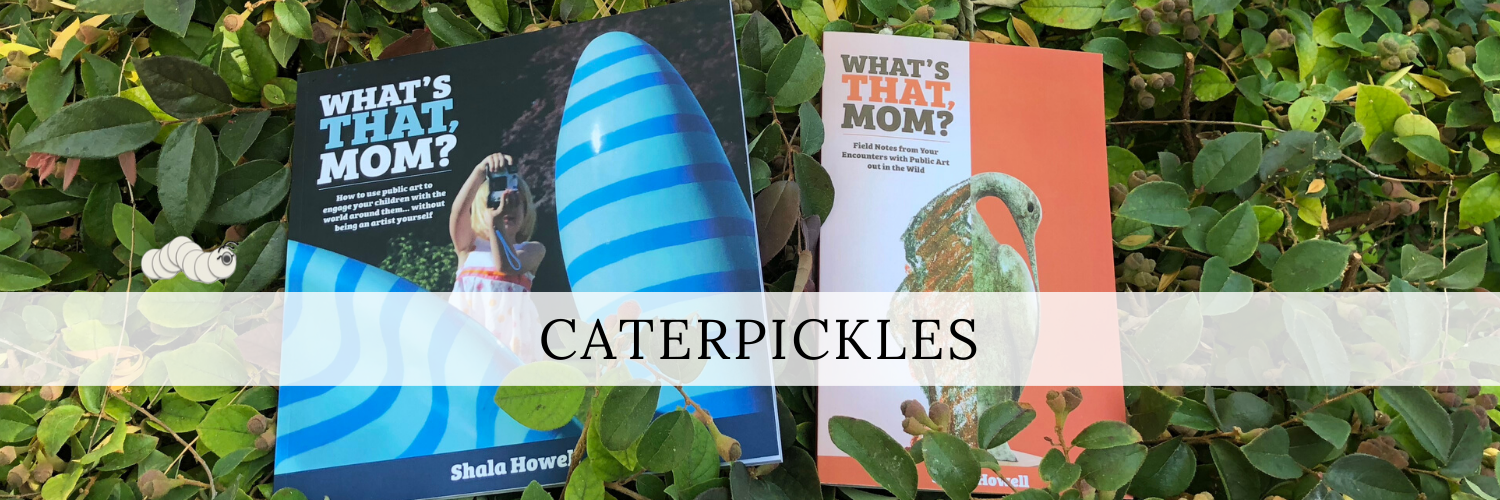Science News Roundup: Raptors, Ammonites and Preschoolers, Oh My!
A Modern Day Mary Anning
Regular readers know that the top entry on my daughter’s Bucket List is a visit to a dig where she can find her own fossil—well, truthfully, to find two fossils, one to keep and one to donate to the Boston Museum of Science. So you can imagine her reaction to hearing that a five-year-old in Gloucester has done just that. Technically, Emily Baldry discovered her 160-million-year-old ammonite while digging at the beach, but that, as my daughter says, just goes to show you that fossils are everywhere. Foiled in her attempts to immediately board a plane to the UK, my daughter has settled for starting her own dinosaur dig in the garden. Our backyard may never be the same.
Raptors, Ammonites and Preschoolers, Oh My! continues below the fold with:
- New Dinosaur Found in North America
- Another Penguin Makes Headlines
- Angry Birds in Outer Space
New Dinosaur Found in North America
Further fueling my daughter’s ambition is the news that paleontologists have discovered a new species of raptor, right here in the United States—Utah, to be exact. According to University of Wisconsin-Parkside Biological Sciences Professor Lindsay Zanno, lead author on the article introducing the Talos sampsoni, the raptor is a type of troodont, a rare group of feathered, bird-like dinosaurs. Relatively little is known about these dinosaurs, because very few fossils of them have been found. Talos is the first definitive troodont from the Late Cretaceous Period to have been found in North America in more than 75 years. Even more exciting (for scientists at least), the raptor was injured during its lifetime. Excess bone on the second toe on the raptor’s left foot suggests that the animal’s toe may have been fractured or bitten. And as Zanno says, “An injured specimen has a story to tell.”
Since the Talos sampsoni was named in honor of Dr. Scott Sampson of the PBS TV series Dinosaur Train, we at Caterpickles Central are hoping that we’ll hear that story in an upcoming episode. (Yes, I know, we talk about the Dinosaur Train a lot here at Caterpickles Central, but that’s just because our entire family loves it. It’s a paleontology class disguised as a cartoon. My husband even uses clips of it to teach his students at Harvard how to do research. He’s particularly fond of their definition of a hypothesis, which he describes as pedagogically brilliant. But don’t take our word for it, take a look for yourself.)
- Related Article: Dr. Scott’s comments on the find from his blog, The Whirlpool of Life.
Another Penguin Makes Headlines
With its third story, the Science News Roundup moves from bird-like dinosaurs of the Late Cretaceous to modern birds that remind us of creatures from the Late Cretaceous. Even as Happy Feet slipped out of the news and into the cool crisp waters of his Antarctic hunting grounds, another penguin has made its way into the news cycle. This time it is a featherless baby penguin who was abandoned by its parents and left to die on the ice at the LHT Pole Aquarium in China’s Liaoning Province. Thankfully, the penguin’s ordeal was over before news of its abandonment broke. Deciding that its lack of feathers was due to a lack of nutrients, keepers at the aquarium hand-fed the penguin around the clock. The baby now sports an impressive set of feathers and has been reunited with its family.
Angry Birds In Outer Space
And finally, by the most tenuous of links, we conclude our Science News update with word that scientists have immortalized my daughter’s favorite iPhone game by naming a nebula after it. The Angry Bird Nebula (officially called IC 2944 or the Lambda Centauri Nebula) can be found some 6500 light years from Earth in the constellation Centaurus. Thanks to the wonder of the Internet, you can find images of it somewhat closer to home here.
So, whatcha been reading (besides Caterpickles, I mean)?

2 Responses to “Science News Roundup: Raptors, Ammonites and Preschoolers, Oh My!”
[…] my other blog Caterpickles know, my family and I are huge fans of the PBS Kids show Dinosaur Train. My husband even uses clips of it to teach his students at Harvard how to do research. He’s particularly fond of their definition of a hypothesis, which he describes as […]
LikeLike
[…] Science News Round-up: Raptors, Ammonites & Preschoolers, Oh my! (Caterpickles) […]
LikeLike